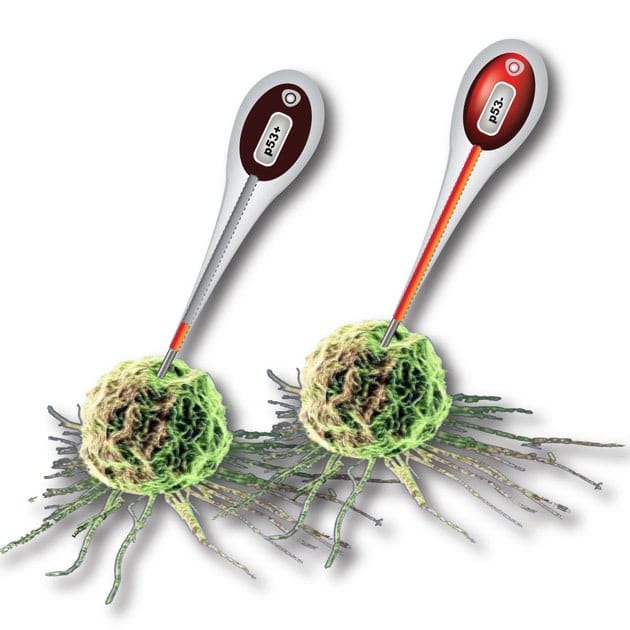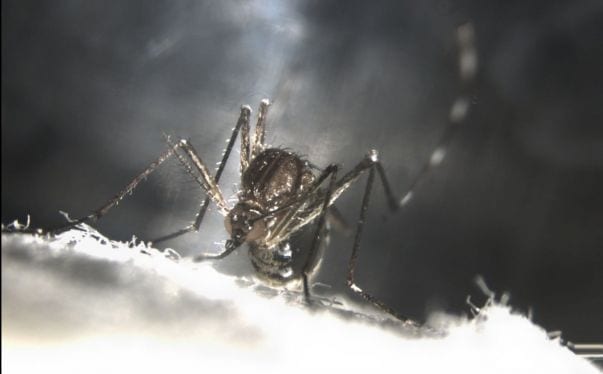
When a Cornell-led team of scientists analyzed two dozen environmental factors to understand bumblebee population declines and range contractions, they expected to find stressors like changes in land use, geography or insecticides.
Instead, they found a shocker: fungicides, commonly thought to have no impact.
“Insecticides work; they kill insects. Fungicides have been largely overlooked because they are not targeted for insects, but fungicides may not be quite as benign – toward bumblebees – as we once thought. This surprised us,” said Scott McArt, assistant professor of entomology and the lead author on a new study published Nov. 15 in the journal Proceedings of the Royal Society B.
While science has studied insecticides, such as neonicotinoids, that attack bugs’ central nervous systems, this new work shows how fungicides – particularly chlorothalonil, a general-use fungicide often found in bumblebee and honeybee hives – may negatively affect bee health, said McArt, a fellow at Cornell’s Atkinson Center for a Sustainable Future.
Building on a large data set collected by Sydney Cameron, professor of entomology at the University of Illinois, the scientists discovered what they call “landscape-scale” connections between fungicide usage, pathogen prevalence and declines of endangered United States bumblebees. (Landscape scale refers to the area in which foraging bumblebees live, about 2 kilometers in diameter.)
While fungicides control plant pathogens in crops, the bees pick up their residue when foraging for pollen and nectar. As farms use both insecticides and fungicides, the scientists worry about synergy. “While most fungicides are relatively nontoxic to bees, many are known to interact synergistically with insecticides, greatly increasing their toxicity to the bees,” McArt said.
Chlorothalonil has been linked to stunted colony growth in bumblebees and an increased vulnerability to Nosema, a fatal gut infection in bumblebees and honeybees.
“Nosema can be devastating to bumblebees and honeybees,” said McArt. “Since fungicide exposure can increase susceptibility of bees to Nosema, this may be the reason we’re seeing links between fungicide exposure, Nosema prevalence and bumblebee declines across the United States in this data set.”

For domestic and global agriculture, bumblebees are a key component due to their ability to use “buzz pollination” that vibrates and shakes pollen loose from flowers. In the United States, bees contribute more than $15 billion to the economy and $170 billion to global agribusiness, according to global economic research and a 2012 Cornell study. While half of crop pollination work is done by commercially managed honeybees in the U.S., the other half is done by bumblebees and wild bees. In New York, pollination services contribute $500 million to the state’s agricultural economy.
McArt and his Cornell colleagues will continue to investigate fungicide-insecticide synergisms and fungicide-pathogen interactions under the New York State Pollinator Protection Plan and a new grant from the New York Farm Viability Institute.
Learn more: In bee decline, fungicides emerge as improbable villain
The Latest on: Bee decline
[google_news title=”” keyword=”bee decline” num_posts=”10″ blurb_length=”0″ show_thumb=”left”]- NYC to install ‘bee hotels’ in 7 public plazas to protect at-risk pollinatorson April 26, 2024 at 10:15 am
Pollinator Port Project will install habitats for at-risk native bee populations at seven public plazas and open streets, giving them a place for nourishment.
- NYC building tiny homes for bees. Take the touron April 25, 2024 at 3:45 pm
New York City is building tiny homes for at-risk bee populations as part of an initiative called The Pollinator Port Project.
- Honey, they’re home! ‘Bee hotels’ coming to 7 NYC plazas to help at-risk pollinatorson April 25, 2024 at 2:23 pm
The city’s buzzworthy project provides nutrition and nesting in the form of wooden boxes on poles and bee-friendly vegetation, Department of Transportation Commissioner Ydanis Rodriguez said ...
- Irene-Wakonda bee club buzzes with exciting planson April 25, 2024 at 2:06 pm
There is a buzz of excitement surrounding the halls of the Irene-Wakonda School. A group of students who formed a science/bee club last year is gearing up for a se ...
- Wild bees are the real climate heroeson April 25, 2024 at 9:00 am
Year after year, articles appear with doomsday scenarios describing how bee populations are rapidly declining, with buzzword headlines like “A bee-pocalypse in Europe” and “Nearly half of U.S.
- Atreya Manaswi is saving bees with beer. What’s next?on April 25, 2024 at 6:09 am
It needed solutions. And his generation would be the one to pay the price if those answers weren’t found — the decline in the honey bee population is a significant threat to the future of the world’s ...
- Atreya Manaswi is saving bees with beer. What’s next? | Central Floridian of the Year Finaliston April 25, 2024 at 2:08 am
It needed solutions. And his generation would be the one to pay the price if those answers weren’t found — the decline in the honey bee population is a significant threat to the future of the world’s ...
- Disappearing Bees: How you can help protect our native pollinatorson April 22, 2024 at 7:22 pm
The best way to help bees isn’t to become a beekeeper, but to plant flowers, preferably native ones, according to Alm. If you have limited space, he said that even a single planter can help. Johnson ...
- Bee population decline: Reach for the phone and not the pesticideon April 21, 2024 at 7:13 pm
There’s been a steady decline in the honeybee population in this country and entire colonies are lost this time of year due to people mistaking the swarm bees themselves as a threat.
- Are Multiple Stressors Behind the Decline in Honey Bee Health?on April 21, 2024 at 12:14 am
This comprehensive study challenges conventional wisdom by highlighting the complex interplay of stressors affecting honey bee health.
via Google News and Bing News










